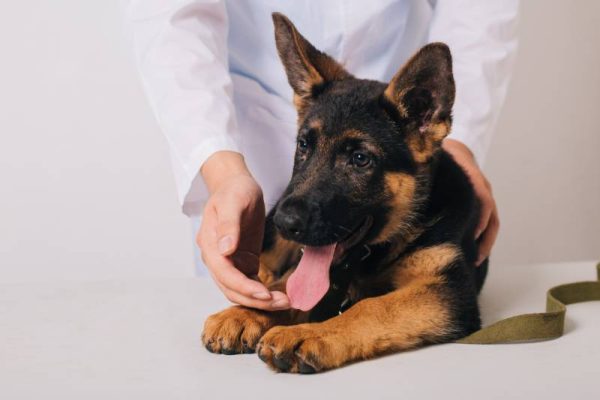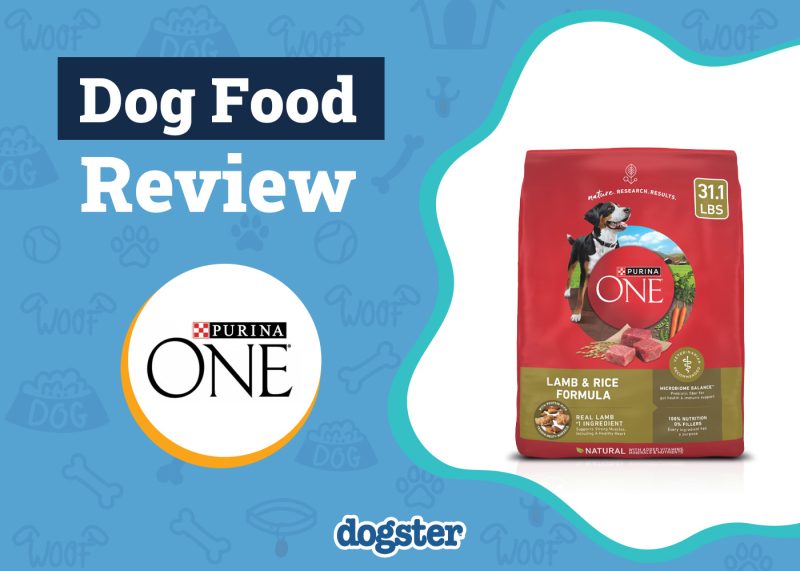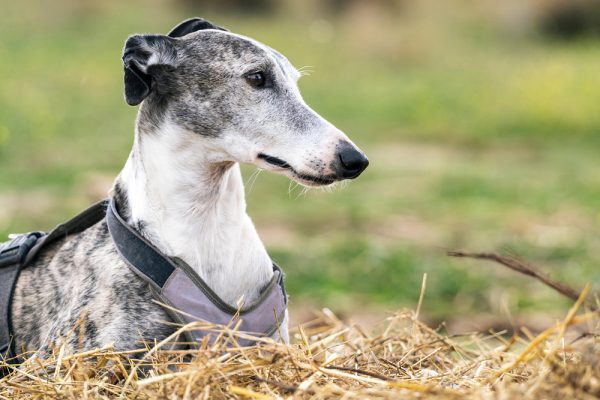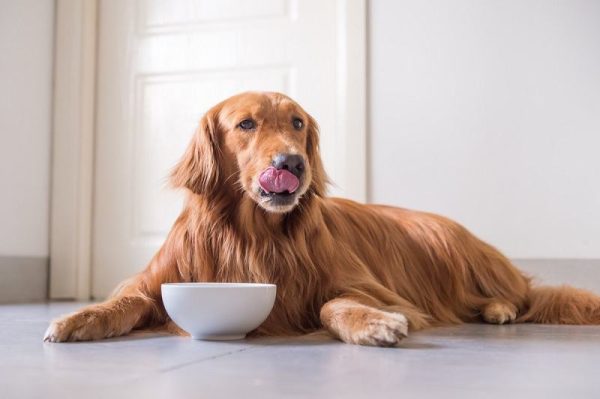In this article
View 3 More +Poodles come in various colors, each of which has varying levels of rarity. If you are considering bringing a Poodle into your home and have been researching more about the different colors available, you may have heard of red and apricot poodles. Since they look so similar, is there really a difference?
Although some believe that the red Poodle and the apricot Poodle are the same, there is evidence to suggest that the genetics of both are different. However, the expression of these genes can be so similar that sometimes the two Poodles are mixed up.
If you want to learn more about the differences between these Poodle variations, this article examines the origins, coloration, and genetic components of the red and apricot Poodle.

Visual Differences

At a Glance
- Color Description: Ranges from a light dusting of red to a deep, dark mahogany
- Can the Color Change Over Time: Yes
- Rarity: Rare
- Grooming needs: Frequent
- Family-friendly: Yes
- Other pet-friendly: Often
- Trainability: Clever, energetic, obedient
- Color Description: A gentle, warm color that is a mix between red and cream
- Can the Color Change Over Time: Yes
- Rarity: Rare
- Grooming needs: Frequent
- Family-friendly: Yes
- Other pet-friendly: Often
- Trainability: Clever, energetic, obedient

Red Poodle Overview
Origin
Experimental breeding of an apricot miniature Poodle and a standard Poodle bore a litter of four red Poodle puppies. Reportedly, the color of these puppies was awe-inspiring. Red poodles are relatively new to the breed standard than other poodle colorations. In 1980, red became an officially accepted color for the Poodle breed standard.
Potential Color Transformation
The red Poodle’s color ranges from a light dusting of red to a dark mahogany. This brilliant color is coveted by many, making the red Poodle highly desired. Unfortunately, the red color also has a high chance of changing over time. Red poodles are likely to see their color fade over time, gradually shifting toward something similar to an apricot poodle. Others describe the faded color as being closer to cinnamon. However, there is also a chance that the color will darken rather than fade as the years go on.
Interestingly, a red Poodle may change colors multiple times. For example, they may slowly fade into a lighter color, only to bounce back later. However, in most cases, a red Poodle will grow lighter over time; it is impossible to tell which shade will be the final color.
Genetics
Some claim that the gene that creates the apricot Poodle is the same one that makes the red Poodle. However, most breeders maintain that a separate gene, known as the “Rufus” gene, influences the red Poodle’s coat. This gene is said to darken the apricot coat, making it red.
Red Poodles are one of the rarest poodle color varieties, and the addition of the “Rufus” gene only makes them more uncommon.
Suitable for:
Poodles are energetic and intelligent dogs who are eager to obey their owners. They’re relatively easy to train, and they love spending time outside with their families. Dog owners interested in owning pups with rare colors may also be interested in bringing a red Poodle into their home.
However, any red Poodle owner will have to accept the chance that the vibrant color may fade over time. Since this is more likely than not, owners must be open-minded to the coloration changes their dog may undergo.

Apricot Poodle
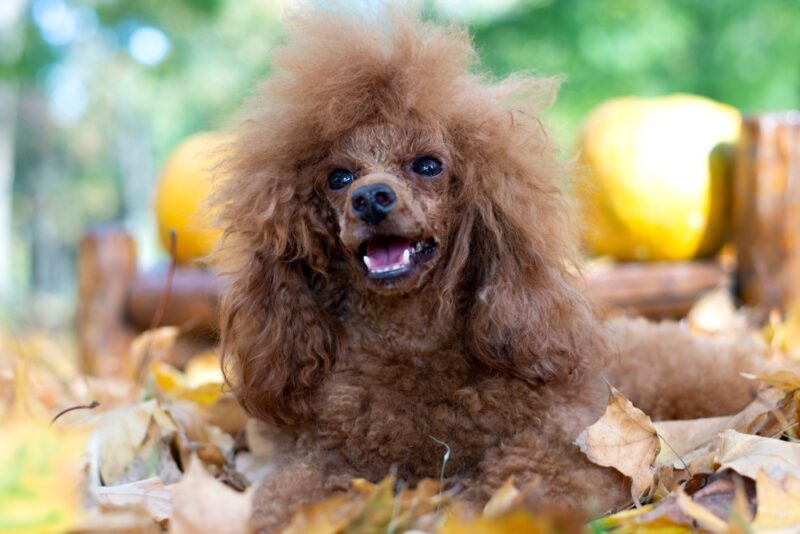
Origin
In 1898, a poodle named Sowden Yellow Gall became the first recorded apricot Poodle. Until then, most Poodles were restricted to white, black, or partial colors. But once the apricot Poodle was born, their popularity skyrocketed. They were so beloved that the first miniature apricot Poodle was bred a little over a decade later. Today, all sizes of Poodles can display the apricot coloration.
Potential Color Transformation
An apricot Poodle is generally considered to be somewhere between a red and cream color. This is a light, warm color that many Poodle owners find appealing. Sadly, an apricot Poodle’s color may change over time, but it is less likely to be as prominent as the red Poodle’s color changes. The color of the coat will naturally fade when exposed to sunlight, as the UV rays can weaken the hue. Around the time an apricot Poodle is 2 or 3 years old, the color may have already changed to something more like cream.
Genetics
Much like red Poodles, apricot Poodles are incredibly rare. This is because the gene that creates an apricot Poodle is recessive, so the genes for most other color varieties quickly push the apricot gene to the background.
White is the only color variety considered dominant to the apricot gene.

Suitable for:
Any pet owner prepared to take on the unique grooming challenges of caring for an apricot Poodle will make an ideal pet parent, but those who underestimate the level of grooming attention needed may quickly find themselves overwhelmed.
Much like the red Poodle, any owner of an apricot Poodle must expect a color change. It is unlikely that an apricot Poodle’s color will not change throughout their life, so owners must not get too attached to the apricot hue.

Which Poodle Is Right For You?

Although there is a color difference between these two Poodles, that is where the differences end. Their coat color doesn’t matter much in the grand scheme of things. If you plan on bringing a poodle into your home, you must ensure you are prepared to care for them.
Poodles are lively and remarkably intelligent. This means that they require a lot of exercise and mental stimulation, and if they are neglected, they may act up and become destructive. Likewise, when it comes to grooming, Poodles require special care. They should be brushed daily and receive regular trimmings to keep their fur manageable. If you are confident that you are prepared for a Poodle, and your only decision is whether to choose a red or an apricot poodle. Either dog you pick will be an excellent addition to your family.
See also:
Featured Image Credit: Top – Lim Tiaw Leong, Shutterstock | Bottom – Alla Darkina, Shutterstock


